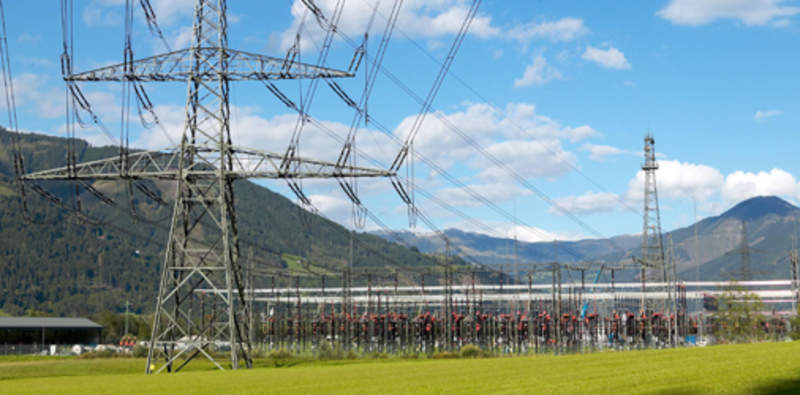
ABB has secured a contract from German transmission system operator TransnetBW to upgrade a substation in Philippsburg.
Located in the southwest German state of Baden-Wuerttemberg, the project will see the replacement of the existing air-insulated switchgear (AIS) with a compact 380kV gas-insulated switchgear (GIS).
The contract is worth approximately $45m and is reported to be part of Germany’s energy transition initiative Energiewende, which aims to achieve a renewable energy target of at least 80% by 2050.
As part of the new initiative, the German power system is shifting from traditional fossil fuel based energy generation towards renewable forms of energy such as wind or solar photovoltaic (PV).
According to the grid development plan, the first of the North-South connections based on high-voltage direct current (HVDC) transmission technology will be connected to Osterath in North Rhine-Westphalia with Philippsburg.
The HVDC connection will be transporting electricity from renewable energy sources to South Germany.
ABB grid integration business head Patrick Fragman said: “The deployment of ABB’s latest compact, reliable and efficient GIS technology will help strengthen the German transmission system.
“We are also pleased to continue our contribution to the German energy vision and support the transition to renewable forms of energy, a key focus area of ABB’s next level strategy.”
ABB will also be responsible for replacing the existing outdoor switchgear with a compact 380 kV GIS switchgear with a triple busbar and construction of secondary equipment and all auxiliary systems.



